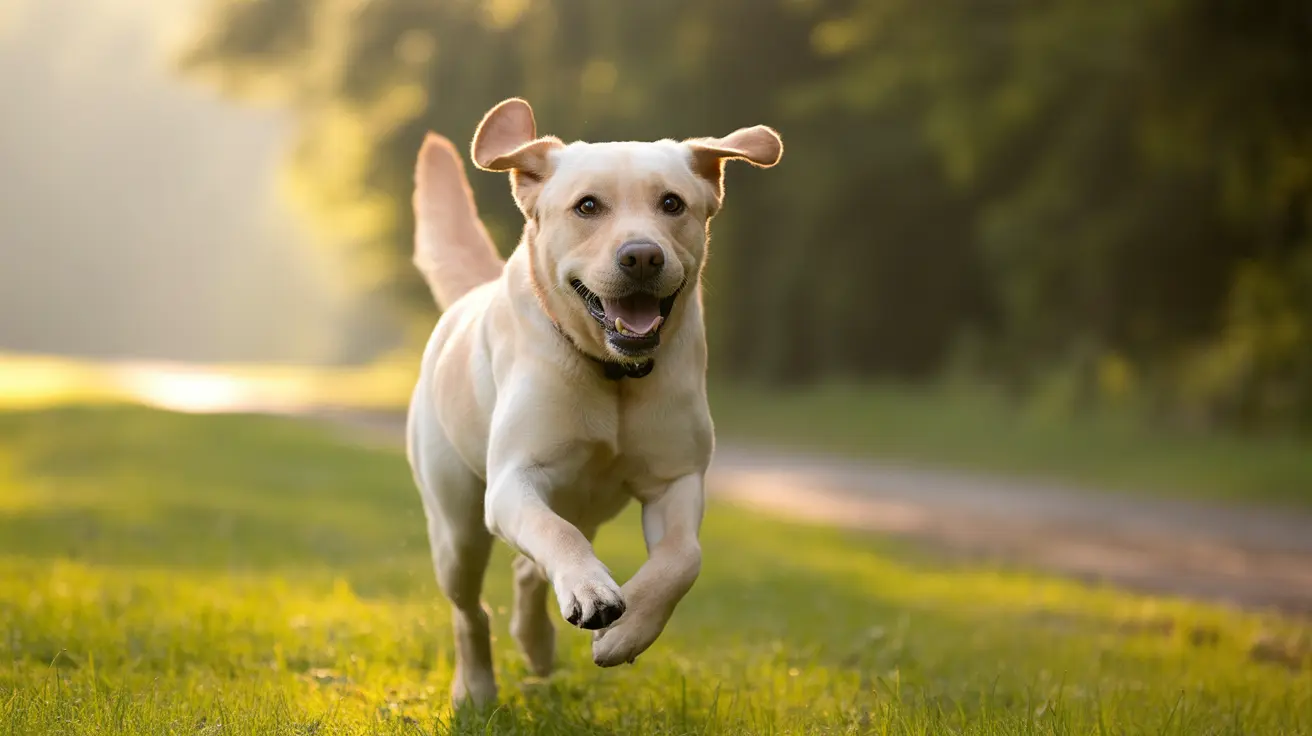Have you ever looked at a seal's expressive face and thought it resembled a dog? You're not alone. The remarkable similarities between seals and dogs have fascinated scientists and animal lovers alike, leading many to wonder about their evolutionary relationship. Let's dive into the fascinating connection between these charismatic creatures.
While seals and dogs may share some striking physical features and behaviors, their relationship is more complex than it might appear at first glance. Both animals belong to a larger group of carnivorous mammals, but their evolutionary paths diverged millions of years ago, leading to distinct adaptations for their respective environments.
The Common Ancestry of Seals and Dogs
Both seals and dogs belong to the order Carnivora, specifically within the suborder Caniformia, which includes "dog-like" carnivores. Their most recent common ancestor was a small, tree-dwelling carnivore that lived approximately 50 million years ago. From this shared beginning, these species evolved in dramatically different directions.
Interestingly, while seals are part of the Caniformia suborder, they're actually more closely related to bears than to dogs. This revelation comes from extensive genetic studies that have mapped out the evolutionary relationships between these fascinating creatures.
Physical and Behavioral Similarities
The resemblance between seals and dogs isn't just coincidental. Both species share several notable characteristics:
- Forward-facing eyes
- Similar snout structures
- Whiskers for sensory perception
- Expressive faces
- Social and playful behaviors
These shared traits likely stem from their common ancestor, though they've been adapted for different purposes in each species. For instance, while both use whiskers for sensing their environment, seals have developed more sensitive whiskers to detect prey movements underwater.
Evolutionary Adaptations and Differences
Despite their ancestral connection, seals and dogs have evolved distinct features to suit their environments:
Seals' Aquatic Adaptations
- Streamlined bodies for swimming
- Flippers instead of legs
- Specialized breathing mechanisms
- Blubber for insulation
- Enhanced underwater vision
Dogs' Terrestrial Features
- Four legs for running and walking
- Specialized paw pads
- Varied coat types for different climates
- Enhanced sense of smell
- Diverse body shapes through breeding
The Scientific Classification
Understanding the scientific classification helps clarify the relationship between these animals:
- Order: Carnivora (both species)
- Suborder: Caniformia (both species)
- Family: Canidae (dogs) vs. Pinnipedia (seals)
- Divergence: Approximately 50 million years ago
Frequently Asked Questions
Are seals and dogs closely related in the animal kingdom?
While seals and dogs share a common ancestor and belong to the same suborder (Caniformia), they're not closely related by modern standards. They diverged approximately 50 million years ago, and seals are actually more closely related to bears than to dogs.
How did seals and dogs evolve from a common ancestor?
Their common ancestor was a small, tree-dwelling carnivore. Over millions of years, one lineage adapted to marine life (becoming seals), while the other remained terrestrial (eventually becoming modern dogs and their wild relatives).
What physical and behavioral traits do seals and dogs share?
They share several features including forward-facing eyes, similar snout shapes, whiskers, and social, playful behaviors. These similarities stem from their common ancestor but have been adapted for different environments.
Why are seals often called "dogs of the sea"?
This nickname comes from their dog-like facial features, playful personalities, and social behaviors that remind people of domestic dogs. Baby seals, in particular, are often compared to puppies due to their appearance and playful nature.
Can diseases be transmitted between seals and dogs?
Yes, some zoonotic diseases can be transmitted between seals and dogs. This is one reason why experts recommend keeping dogs leashed and at a safe distance from seals in coastal areas.
Understanding the relationship between seals and dogs not only satisfies our curiosity but also helps us appreciate the amazing diversity of life and the complex pathways of evolution. While they may look similar in some ways, each species has evolved perfectly for its own unique role in nature.






